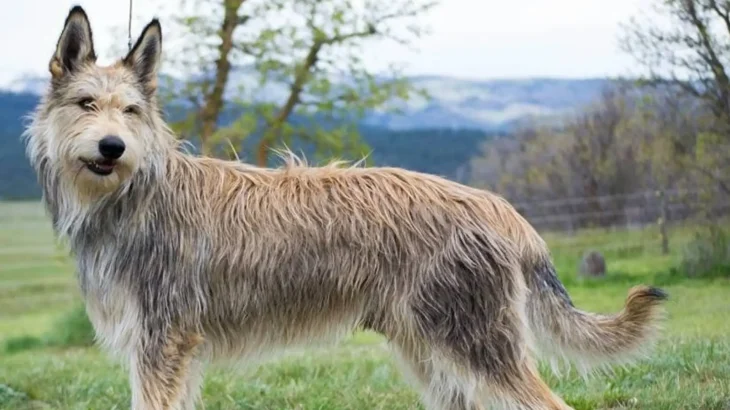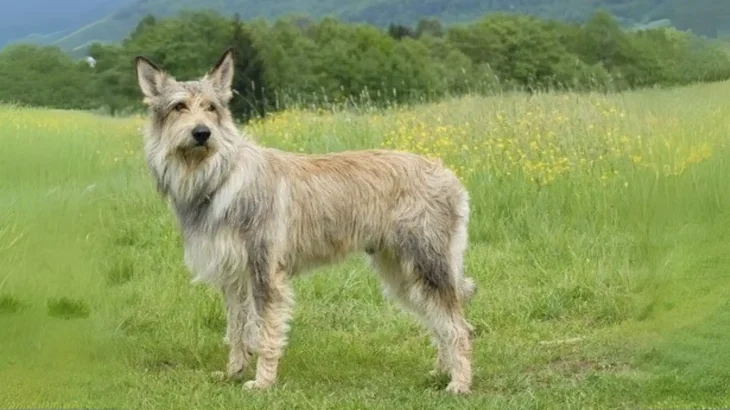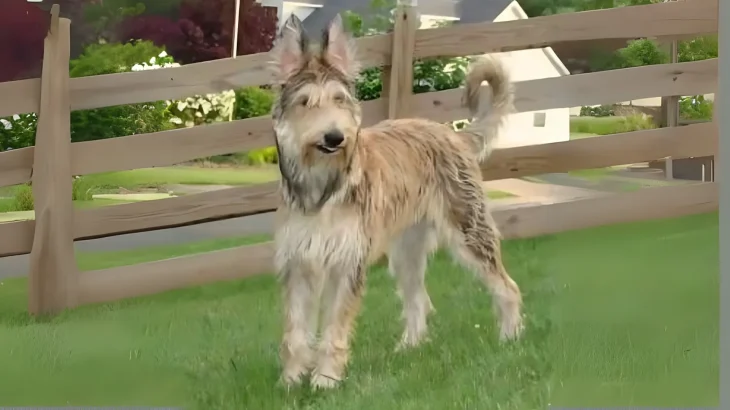When deciding whether to bring a Berger du Languedoc puppy into your home, you might weigh the benefits of adopting versus purchasing from a breeder. Adoption offers a chance to provide a loving home to a dog in need, while buying from a breeder may provide more insight into the puppy's health background and lineage. Each option brings its own advantages depending on what matters most to you.
Adoption vs. Breeder: Pros & Cons
| Criteria | Buying from Breeder | Adopting from Shelter/Rescue |
|---|---|---|
| Cost | Usually higher initial cost due to breed purity and breeder expenses. | Lower fees, often covering vaccinations and care. |
| Health History | Access to detailed health records and genetic tests. | Health history may be limited or unknown; basic checks common. |
| Age Availability | Typically puppies, allowing early bonding and training. | Wide age range available, including adults and seniors. |
| Temperament Insight | Breeders may provide info based on lineage and socialization. | Shelter staff or fosters share observed behavior; some history unknown. |
| Supporting Practices | Supports breeding programs preserving breed standards; choose ethical breeders. | Supports animal welfare by giving a home to a dog in need. |
| Breed Purity & Pedigree | Clear documentation and pedigree verification available. | Breed purity often unknown or mixed; pedigree rarely provided. |



















































